A suburban UFO film premiere
 By THOMAS MCCOY
By THOMAS MCCOY
It looks like any other suburban gathering. On an overcast Sunday morning, under fluffy waves of patchy grey cloud, two dozen people wait patiently outside the White Eagle Club in Turner. But this is no ordinary assembly. Three of these people claim to have seen a UFO.
The year was 1966, and in the Melbourne suburb of Westall, the day was very different. Under clear skies about 11am several hundred students, teachers, and locals apparently saw a silver cigar-shaped object hover overhead, land in a nearby field, and take off at fantastic speed. Forty-four years later, Joy Clarke (pictured), Sue Savage, and Terry Peck, three students who saw the object, wait with the crowd at the Canberra premiere of the film Westall ’66: a suburban UFO mystery.
Rattling keys draw people to the now unlocked door, and the group files into the tiny room slowly, solemnly. They are nondescript, mostly dressed in jeans, t-shirts and hoodies, covering a mix of ages from teenagers to an elegantly dressed elderly woman. A man in his 50s with wild, grey hair, a white beard, and large square glasses, stands out from the crowd.
 The small, stuffy room reeks of alcohol from the adjoining bar, and inside guests are greeted by Shane Ryan, (pictured) a teacher from Palmerston and the chief researcher and narrator for the film. He stands alongside a table of press clippings about the incident, including one from this morning’s Canberra Times. Ryan, a man in his 40s, has an unassuming and approachable demeanour, an open face, and happily engages with the guests.
The small, stuffy room reeks of alcohol from the adjoining bar, and inside guests are greeted by Shane Ryan, (pictured) a teacher from Palmerston and the chief researcher and narrator for the film. He stands alongside a table of press clippings about the incident, including one from this morning’s Canberra Times. Ryan, a man in his 40s, has an unassuming and approachable demeanour, an open face, and happily engages with the guests.
The premiere screen is cobbled together from butcher paper and gaffa tape, and in these inauspicious surroundings, Ryan shows the film about the biggest mass UFO sighting in Australia to the small and enthusiastic audience. The film uses charcoal images to depict the events of the day, compensating for a lack of video footage from that time.
Much of the film centres on the “cover-up”, where authority figures, including the police, military and school administrators apparently suppressed information. In one notable scene, Ryan is shown in the vast film archives of Prime Television, trying to find the original news story. Although he manages to track down the film canister, he finds it empty. Nobody knows where the footage is.
The audience is absorbed in the film, which tells how the school’s headmaster called an assembly immediately after the event, to sternly inform students that UFOs do not exist and they had not seen anything.
The three witnesses, now move to the front of the room to answer questions. They look like ordinary middle-aged women who have been part of an extraordinary event that still haunts them.
“Did you see any aliens?”
“Did you get a skin rash or burns?”
“Do you have nightmares in which space creatures appear?”
The questions are not unexpected, but fail to shed light on what it was they saw.
During a break I usher Ryan into a corner to find out more. After five years of intensive research, does he know what it was? “I still don’t know, but I’m determined to find out,” he says. “I’ve contacted more than 300 people and their stories are consistent, but many are afraid of being ridiculed if they speak out so my information is limited.”
During the questioning it becomes apparent Mrs Clarke is the most outspoken of the three. A stylish woman in her mid-50s, with short blonde hair, her easy laugh masks her natural shyness about being a “celebrity”.
As the man with the wild grey hair begins to espouse his theories on anti-gravity technology and brain-to-brain communication with ET, I ask Mrs Clarke how the renewed interest created by the film has changed her life.
“The best thing it’s done is that my 26-year-old son now believes me,” she says.
“After seeing the film he said ‘mum, I always thought you were crazy, but not now.’”
The other two nod emphatically.
I ask Ryan why anybody would want to “cover up” the incident. Gazing at me thoughtfully and drawing a deep breath he says simply: “I don’t know.”
“There are all sorts of theories about the tensions of that time, the authoritarian ’60s culture, Cold War friction, and secret experiments, but we just don’t know.”
After another 30 minutes of discussion, the group is no closer to reaching agreement on what happened, or why.But through the heartfelt and convincing recollections of the witnesses, the audience is left in no doubt that these women saw something strange on that April morning which affected them deeply.
Ryan continues to search for answers, but perhaps the most important take-home messages from this unusual suburban session are that we should listen to our children, and we should be on our guard against the unilateral suppression of ideas that may seem outrageous or impossible. These may be the most enduring lessons from Australia’s biggest UFO mystery.

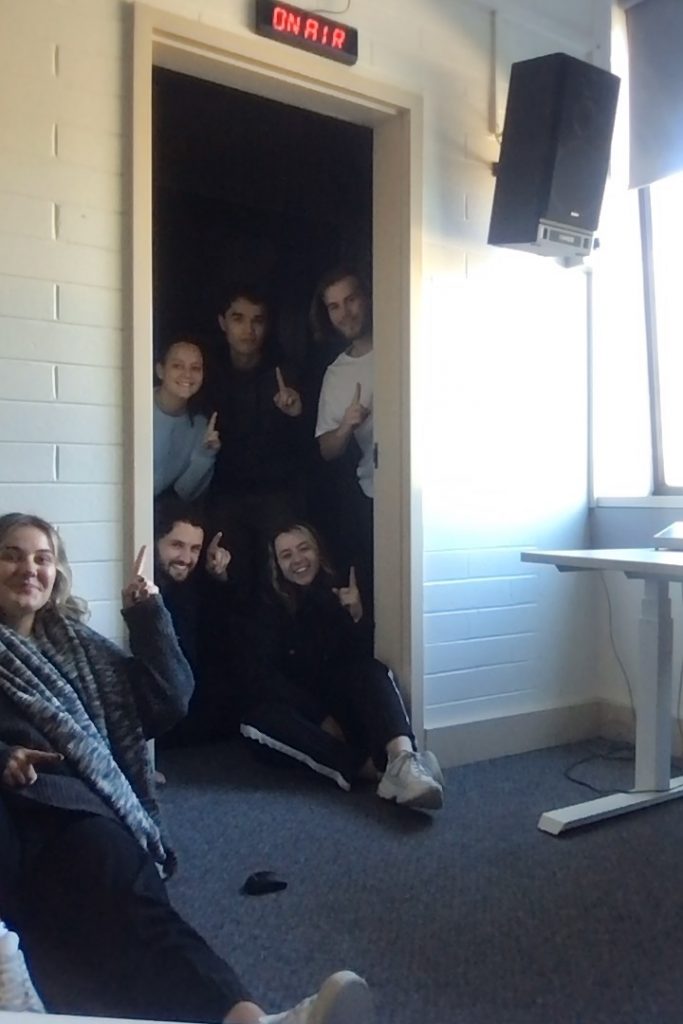
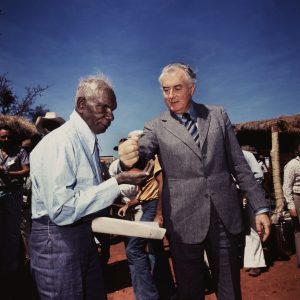
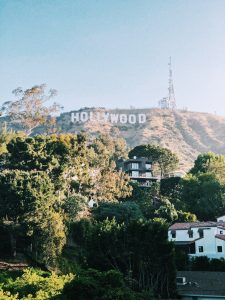
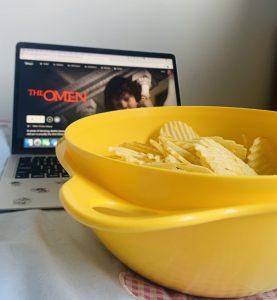
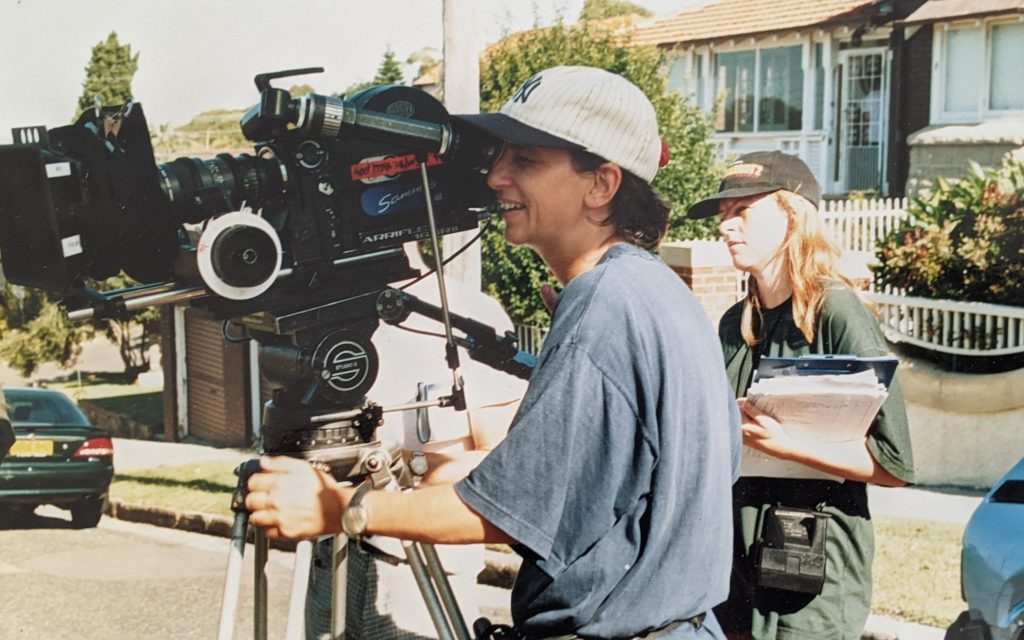
Carmel McAloon
Nov 29, 2010 at 9:15 amThanks for this great article covering the event. I am the film's producer but was unable to attend, and it is good to hear detail of the atmosphere of the day and reception of the audience. Much appreciated. Carmel